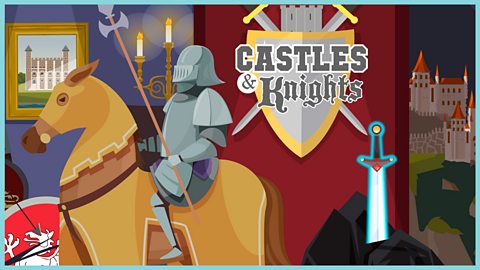The consequences for Guy Fawkes and the other plotters and how the events of 1605 are commemorated in present day Bonfire Night celebrations.
3. What happened after The Gunpowder Plot?
Guy Fawkes was discovered and arrested in the early hours of 5 November 1605 in a chamber under the House of Lords. He was surrounded by 36 barrels of gunpowder and had the fuses to detonate them on his person.
Fawkes initially gave his name as John Johnson to hide his identity. He was taken to the Tower of London where pupils will hear (but not witness) that he revealed the names of his co-conspirators after three days of torture. Catesby died during his arrest and many of the other plotters were subsequently executed - their heads being put on display as a warning against acts of treason.
Pupils will also learn how the events of 1605 are still commemorated each year on 5 November - Bonfire Night.
Further resources
Download / print the notes including illustrations, poetry templates and worksheets (pdf)
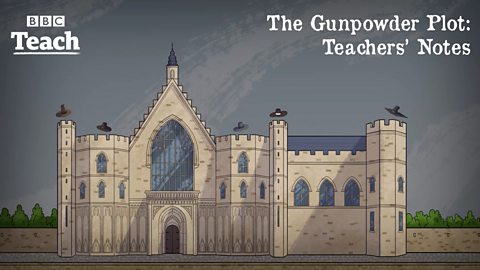
Download / print templates for shadow puppets of Robert Catesby, Guy Fawkes, Maureen and James I (pdf)
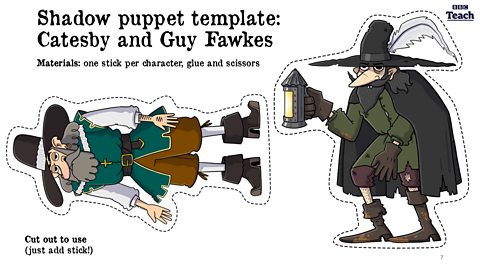
Download / print an illustration of The Tower of London to colour in and label (pdf)
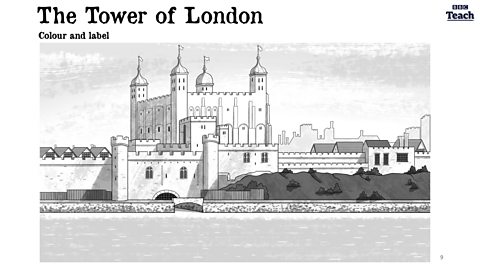
Songs
Consolidate pupils' learning about The Gunpowder Plot with these three catchy songs from our Music pages.
1. Shadows in the night
A hushed, conspiratorial song about the plotters.
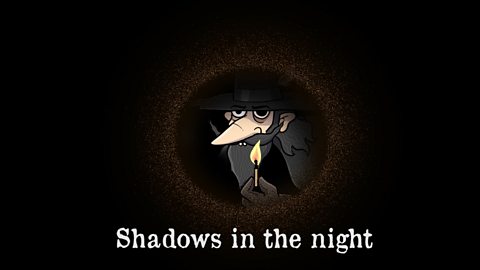
2. Hundreds of years ago
A song about the main events of the The Gunpowder Plot.
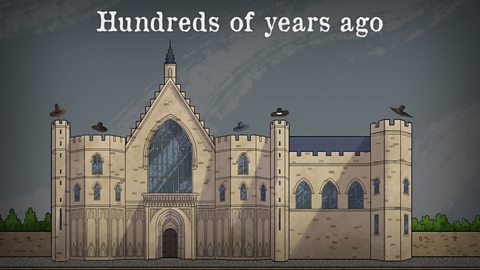
3. Remember, remember
A song incorporating the words of the famous rhyme 'Remember, remember'.
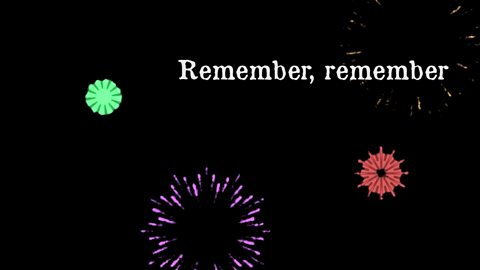
Teachers' Notes
Before the video
What does the word 'traitor' mean?
What do you think will happen to the other plotters?
Should Guy Fawkes tell the truth?
Was it right to treat Fawkes in the way that he was?
Why did Fawkes use a false name?
During the video
What is the Tower of London? (A historic castle / fortress by the River Thames. At the time it was used as a prison.)
How long was Fawkes tortured for? (Three days.)
What happened to the plotters? (Fawkes did receive the death penalty but leapt from the gallows breaking his neck in the process. Most plotters were executed - but Catesby and others were killed in a gunfight during their arrest and another died from illness before he could stand trial.)
Why were the heads of the plotters put on public display? (As a warning not to commit treason.)
What was James I’s new law? (A celebration to commemorate the capture of the plotters, every year on 5 November.)
After the video
Explore how Bonfire Night has changed throughout time.
Sequence the events of the story. This could be done through drama.
Create a comic strip to show the events.
Class debate: should we still celebrate Bonfire Night? Why? Why not?
This video is relevant for teaching History at KS1 in England, Wales and Northern Ireland and 1st Level in Scotland.
More from this series
1: Why did The Gunpowder Plot happen? video
The story begins in the present on Bonfire Night before going back in time to explain the circumstances that led to the Plot and introduce the key people involved.
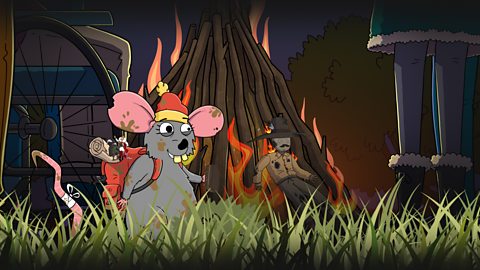
2: What happened during The Gunpowder Plot? video
We learn how the plotters planned to blow up the Houses of Parliament. The story progresses to the night of 4 / 5 November and Guy Fawkes’ arrest.
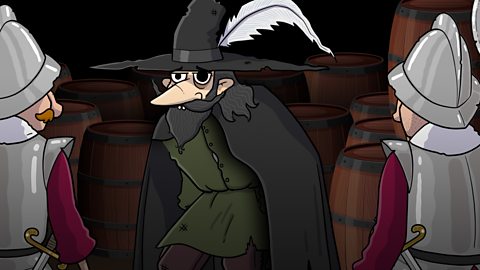
Who were the famous people involved in The Gunpowder Plot? image
An image slideshow showing the main characters in The Gunpowder Plot.
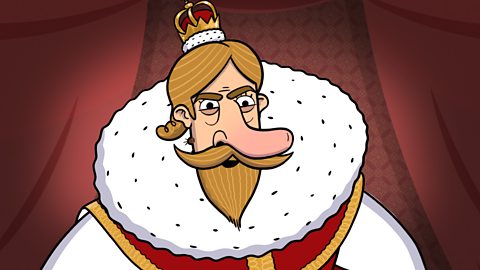
See also...
The Great Fire of London. collection
Three short animations covering the events and conditions that led to The Great Fire of London, what happened when the citizens, Lord Mayor and King tried to put it out – and the consequences of their actions.

Castles and Knights. collection
A series of six animations exploring the topic 'Castles and Knights' with additional photos, illustrations and worksheets.
